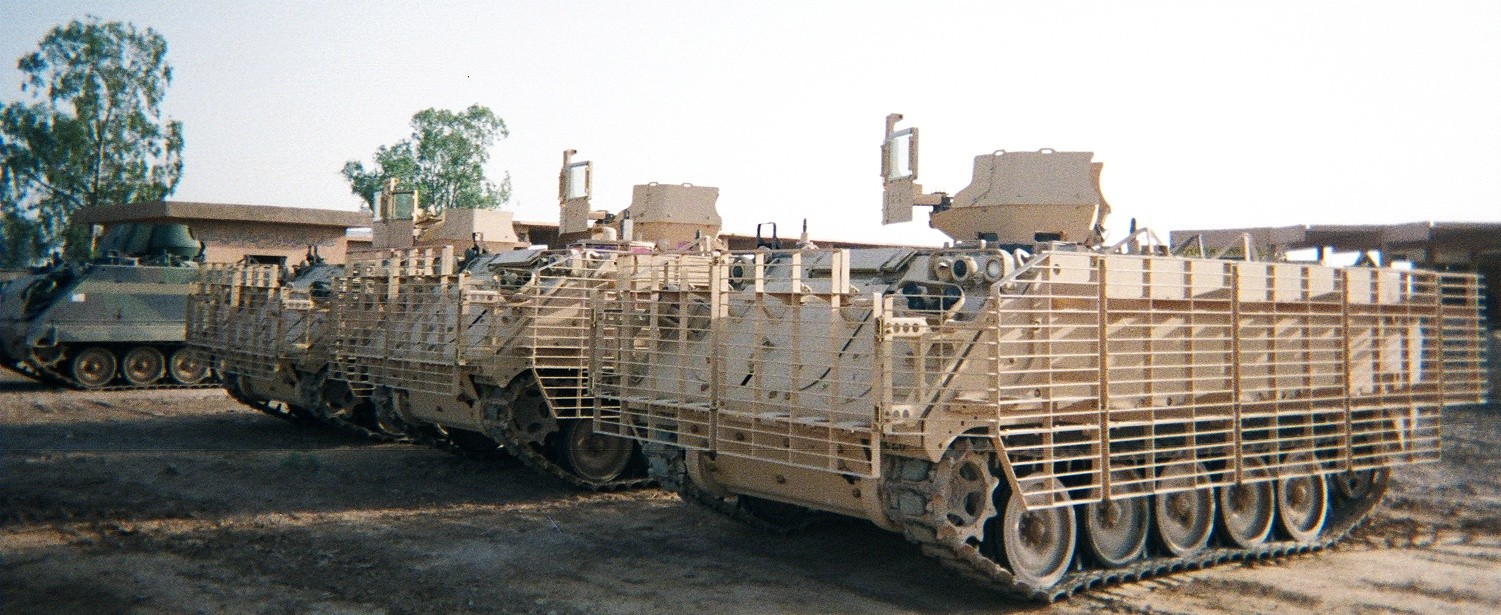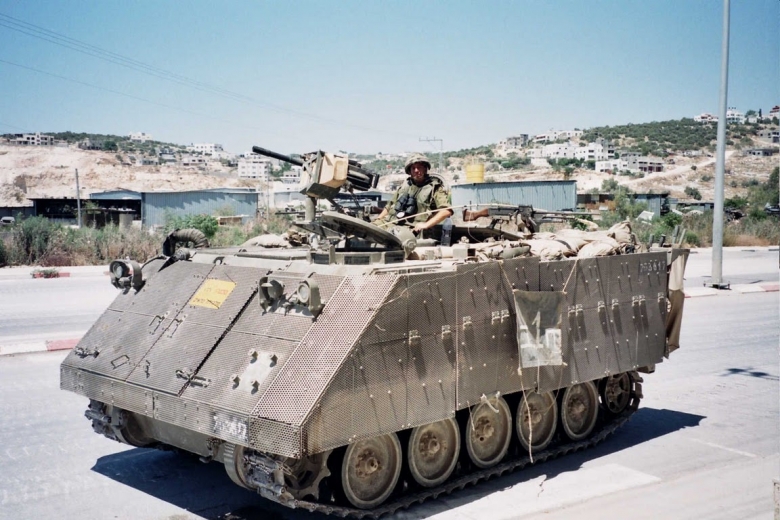The Israelis in Lebanon had the same experience as the Australian in Vietnam, and if you look at their M113 APC, they equipped them with the
Toga/Vayzata perforated steel plates mounted on an external frame around the front and sides of the vehicle, to detonate the AT projectiles about 20cm before the main armor of the M113. .
https://aw.my.games/sites/aw.my.com/files/styles/news_body_image_1/public/u183517/toga.jpg
https://66.media.tumblr.com/e10fbd80a93a7e285e66922149fc97c2/tumblr_plugxuZgS01v0uqbg_1280.jpg
You originally showed (before you edited the reply) perforated armour, which in the configuration shown, is not intended to protect the base armour against shaped charges weapons. Perforated armour arrays are primarily intended to protect the vehicle fitted with it against KE projectile attack. The armour plate used, which is normally very hard steel, works on the basis of the edge and simple resistive effects.
For the edge effect, the hole size is picked so that it is slightly smaller than the projectile, or projectile core it is intended to protect against. When a projectile meets the armour and it encounters a hole, it will strike some of the inner edge (circumference) of the hole. Depending on where it strikes the hole, it may cause the projectile to yaw and decelerate, the same but break off the tip, or even completely break it up. If yawed it will strike the base armour at a non-optimal angle, rendering it incapable of penetrating it. If it breaks up, it's not going to penetrate the base armour.
For the resistive effect, the thickness is selected such, when struck, it will retard or disrupt the projectile such that it cannot penetrate the base armour.
The fact that the armour is perforated means that its areal density (mass per unit area) is far less than using the same plate without perforations. So if you use perforated armour, you get the required protection, but at far less weight.
In the cases shown in the links above, from the size of the holes, they are intended to protect the base armour against small calibre weapons, such as 12.7 to 14.5 mm. This isn't really surprising as the base armour of the original M113 is aluminium alloy, supposedly 5083 alloy, and only capable of protecting against 7.62 mm projectiles (type not specified) and shell fragments/splinters (distance and shell size not stated). Hence the Israeli's have used the lightweight but effective perforated armour to improve the survivability of their APCs.
Ah, you updated your post with yet more stuff... This is getting quite tiresome and has nothing to do Australians putting bits of wood on the front of APCs to protect against PG-2/PG-7 projectiles. Plus you are really trying to preach about how armour works to the wrong person frankly as I have a library on the subject and used to write about it for Jane's when asked. Not that I'm an expert in the subject, but have a pretty good grounding in the subject and far better than most I've come across.
Right, bar/slat armour does not work in the way you state and the report is from 1966 and about defeating antiquated 57 and 75 mm recoilless rifle rounds, along with 2.36 and 3.5" US AT rocket launchers and it presumed the PG-82/SPG-82 Russian rocket launcher, not current main threat, the PG-7 to PG-7L RPG-7 and clone projectile. The effectiveness against the earlier projectiles fired by these weapons will depend on their fuzing, case robustness, their penetration capability and the standoff penetration curve (jet quality in other words). I'm not going to spend ages checking all this, as it's not bits of wood as you originally stated.
As to the use of current bar/slat armour, this is a type of statistical armour and in this case, it is intended to either disrupt the incoming a PG-7 series and similarly-fuzed type of projectile completely or to damage/dud its fuzing circuit. If the projectile strikes the bar/slat, the round will detonate as per usual. If the base armour is not capable of absorbing the jet after it has passed through the bar/slat, you are still screwed. Bar/slat is about 50-60% effective, hence the statistical bit. Its effectiveness goes down at an increasing angle as the PG-7-like projectile's piezoelectric nose sensor is more likely to strike a bar/slat. At a high angle of incidence, i.e. firing down or up at it, the sensor will always strike a bar/slat. The bar/slat isn't very thick, and to lower the areal density, some are not steel, but an aluminium alloy, as such, this offers even less added protection if the projectile detonates against it.
Bar/slat armour is useless against most larger shaped charge weapons, most of those that use crush switch nose sensors and those that use a wide-angle piezo sensor (PG-7R/PG-27/PG-28/PG-29 for example). It's useless against all larger Russian ATGM, such as 9M14 Malyuta (AT-3 Sagger), 9M111 Fagot (AT-4 Spigot), 9M113 Konkurs (AT-5 Spandrel), 9M116 (9M115 is the containerised missile, not the missile alone's GRAU code) Metis (AT-7 Saxhorn), 9M131 Metis-M/M1 (AT-13 Saxhorn-2), 9M133 Kornet (AT-14 Spriggan).
Other types of statistical armour include fibre nets (Tarian, etc.) which essentially strangle the nose of the PG-7 series projectile, shorting its fuzing circuit. Some nets that include very ceramic cylinders at the net nodes. These, if the node isn't struck by the fuze sensor directly, rip open/into the nose of the PG-7-series grenade, again shorting the fuzing circuit. If a node is a struck directly it is thought that the length of the node is such that it erodes the jet tip, so lessens its penetrative effect, though it may still go straight through the base armour.
I've had quite enough of this and if you want to know more, you'll have to bug someone else.








